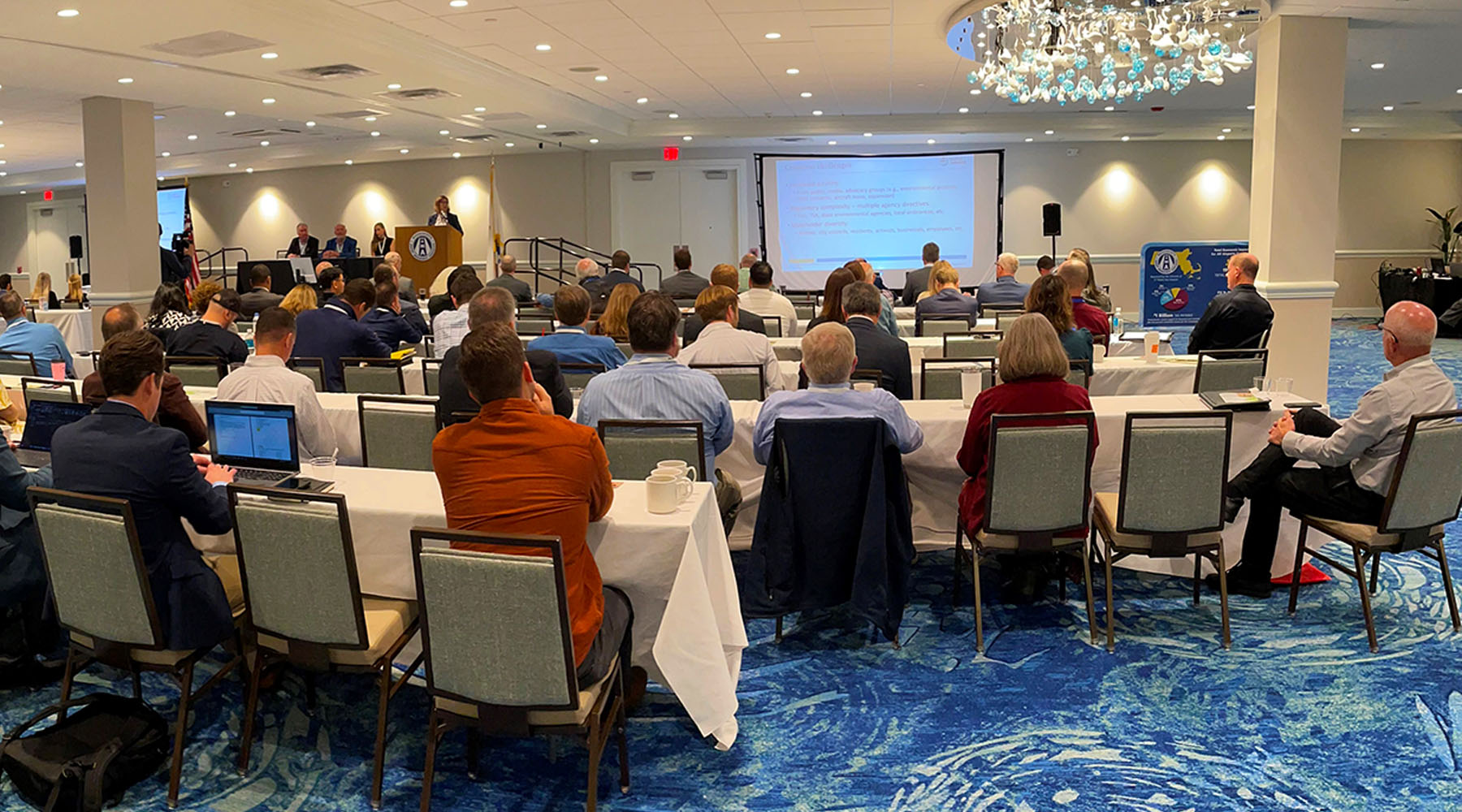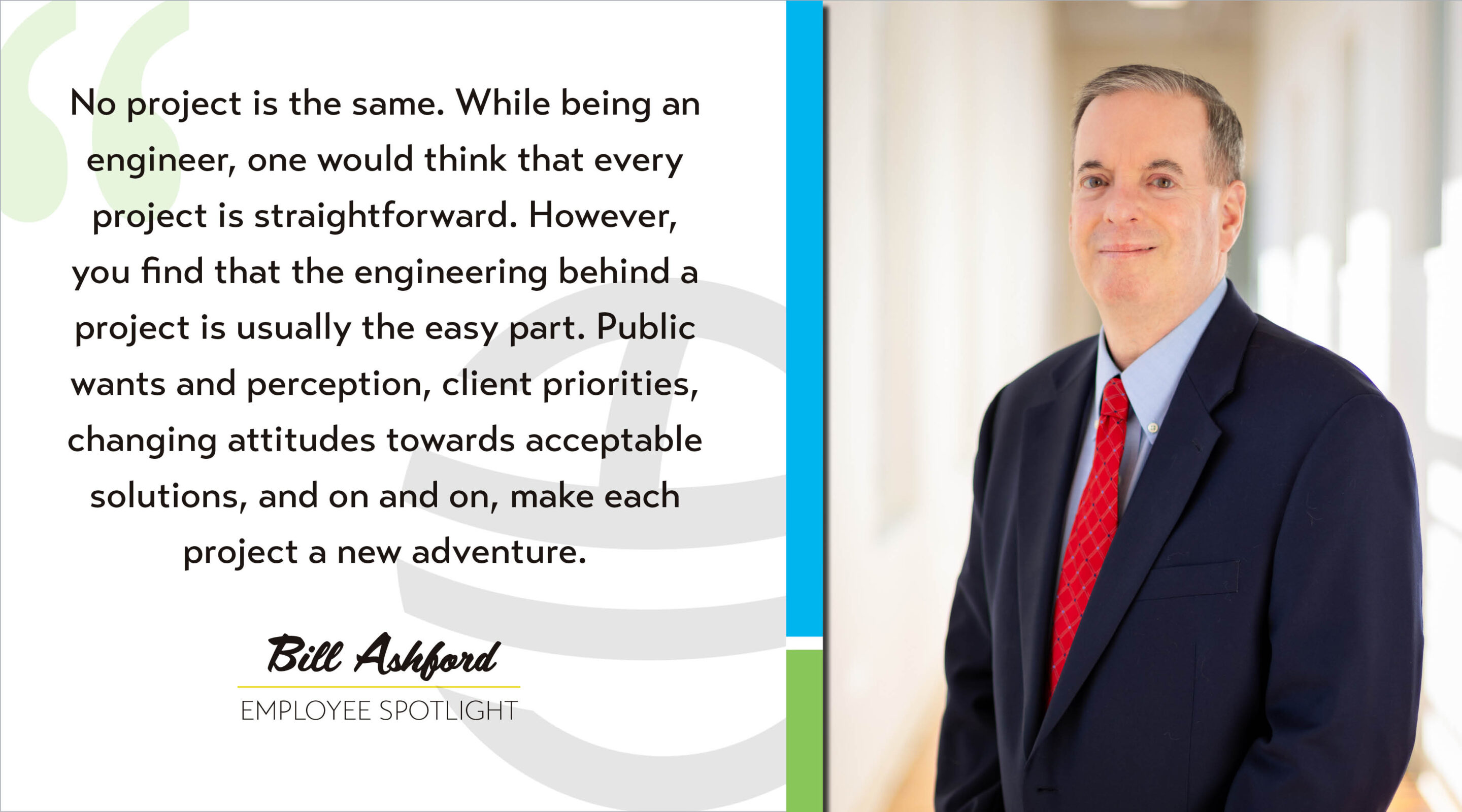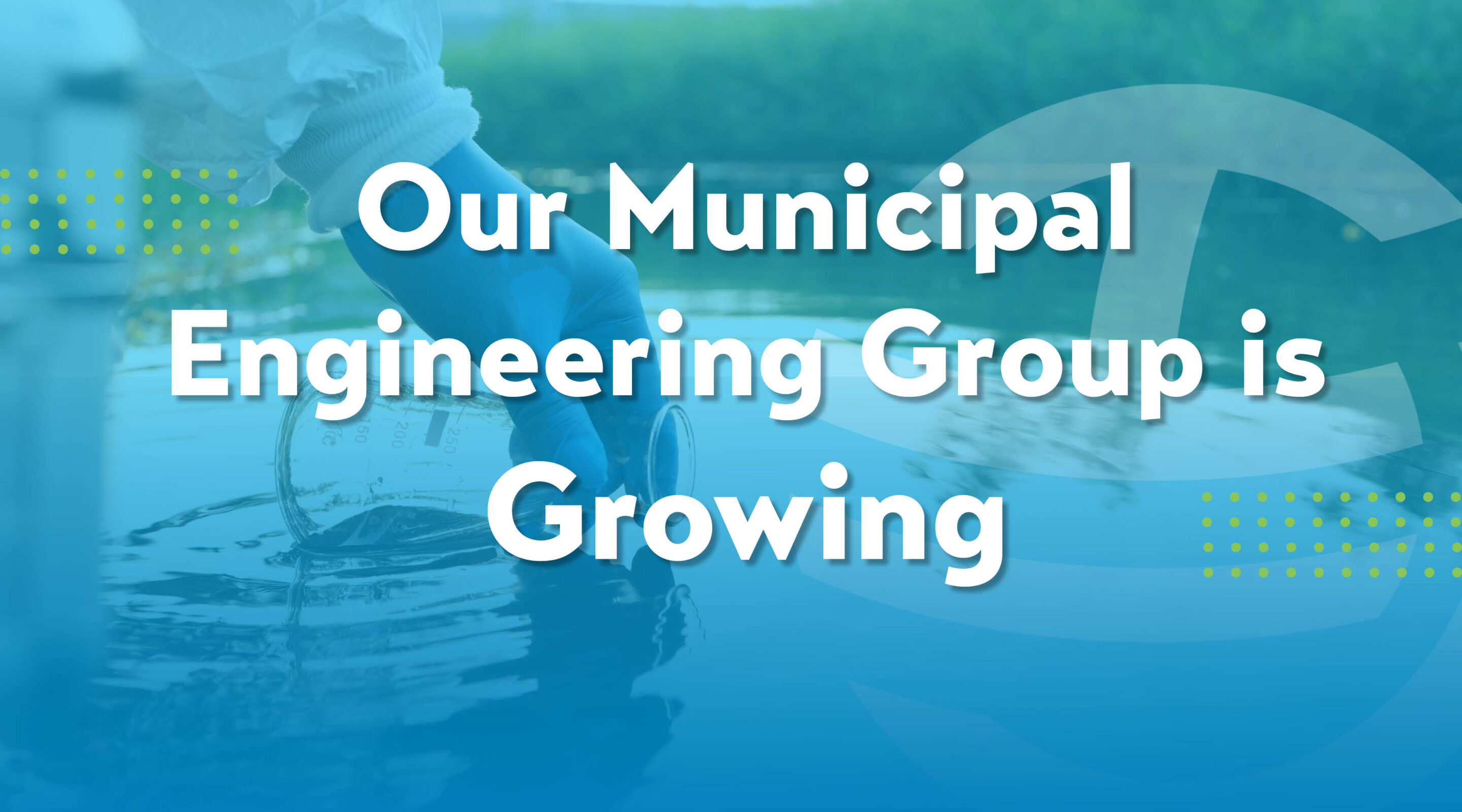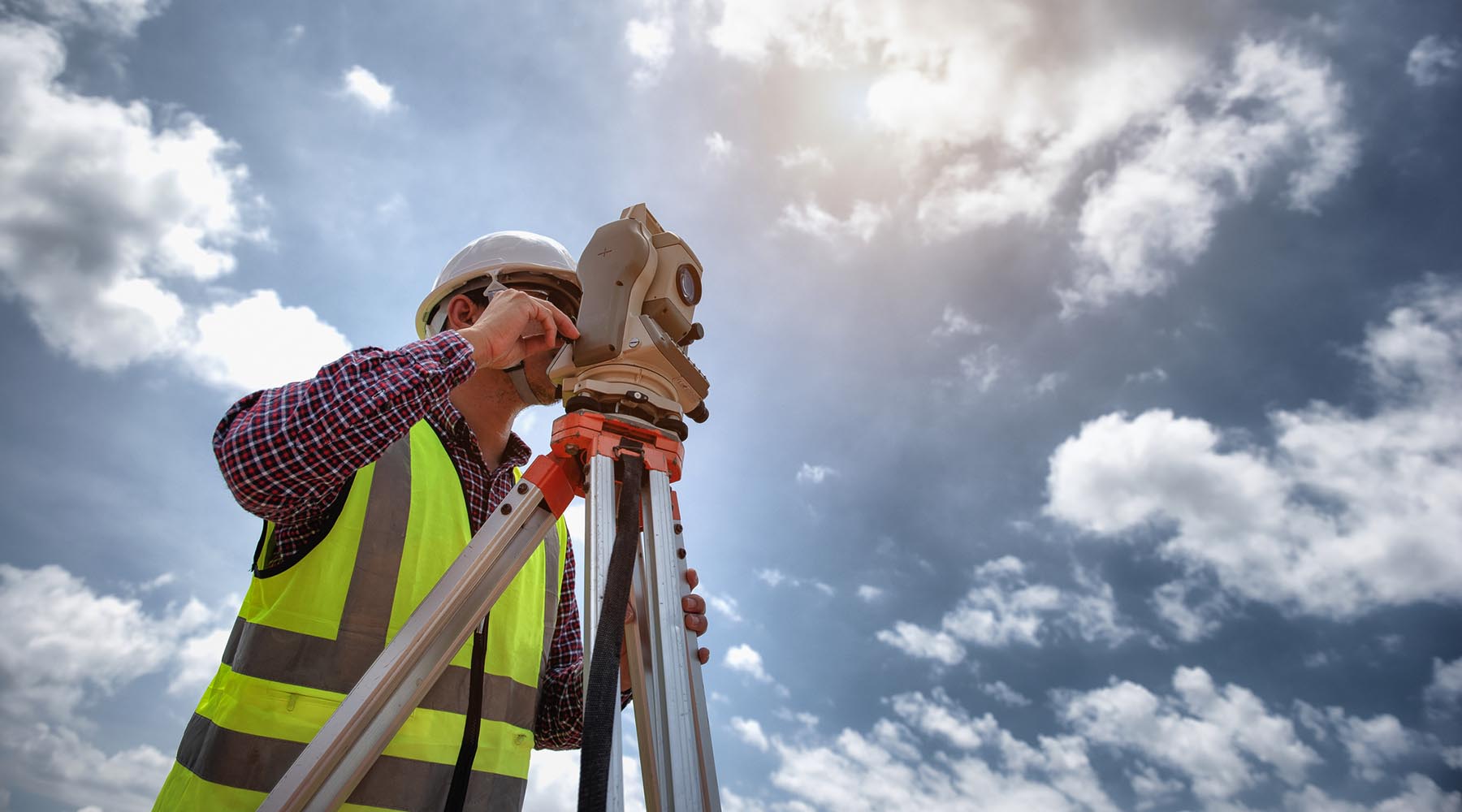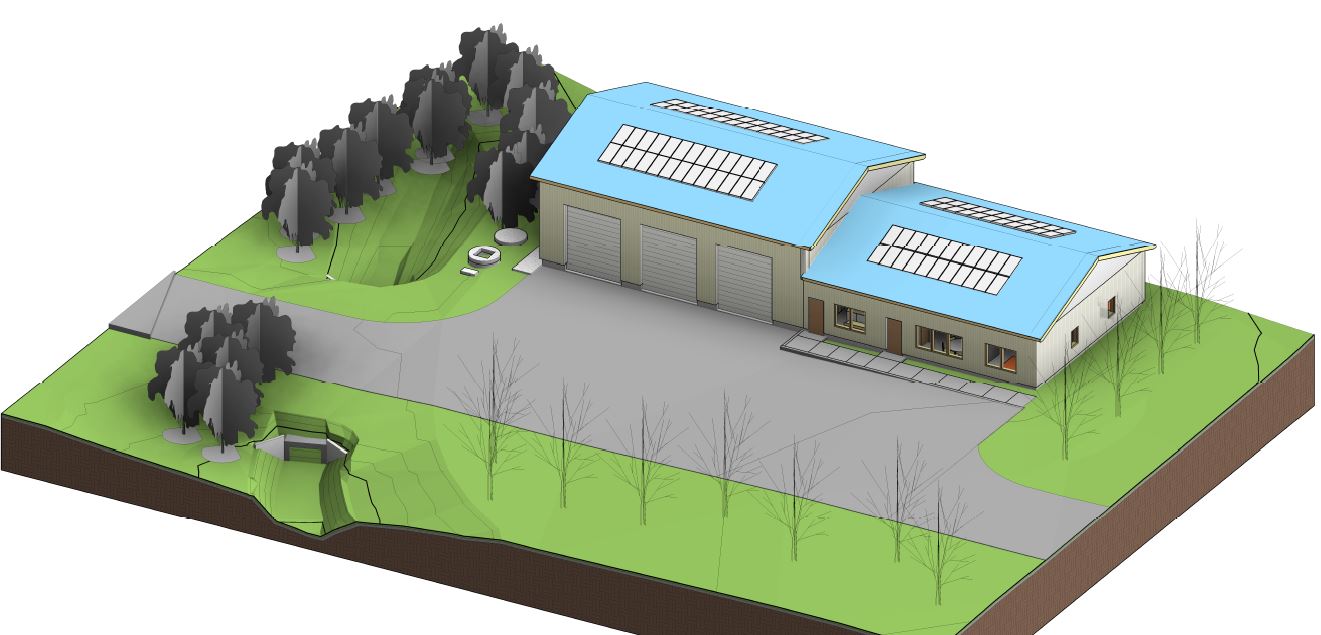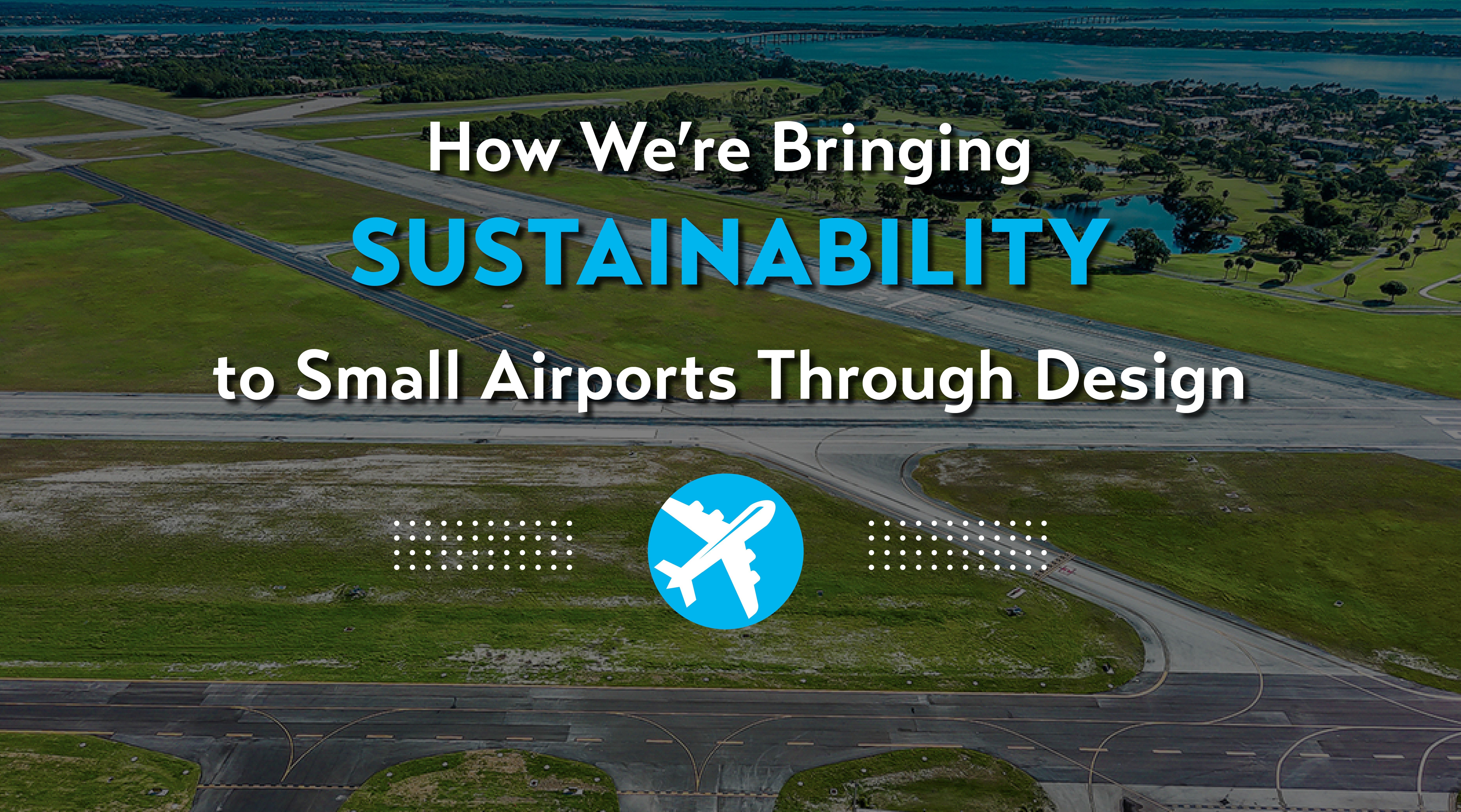
Taxiway A Overview
Over time, wear and tear can degrade pavement surfaces, posing hazards to aircraft maneuverability and compromising operational integrity. Outdated lighting systems can reduce visibility, particularly during adverse weather conditions or low-light scenarios.
To address these issues sustainably, we focus on using eco-friendly materials and technologies for pavement repairs and upgrades. Implementing energy-efficient LED lighting systems improves visibility while reducing energy consumption and maintenance. Taxiway A at Witham Field in Stuart, FL, which runs parallel to the entire length of primary Runway 12-30, is vital for airport operations. By adopting sustainable practices, we ensure the long-term functionality and environmental responsibility of this crucial taxiway.
Recyclability
In this project, we implemented a key sustainability measure by recycling the existing limerock base material to be used as part of the new 6-inch-thick base, in accordance with FAA requirements. Typically, a full reconstruction would involve importing new materials, including P-211 limerock. However, due to the limited availability of FAA-approved limerock in Florida, reusing the existing materials helped to preserve natural resources and minimize waste disposal in local landfills. This technique also provided cost savings by eliminating the need to import P-211 limerock and the expense of hauling the old material off-site.
Additionally, we completed this project faster by reclaiming existing materials, reducing disruption to airport operations. On-site recycling also significantly helped us cut down on material transport, reducing traffic, road wear, fuel consumption, and emissions of CO2 and N2O by at least 80%.
New Lighting
Our team also installed a new lighting system along the edges of the taxiways, using LED lights. Compared to fluorescent and incandescent bulbs, LED lightbulbs use significantly less electricity and convert a higher percentage of energy into light rather than heat, which reduces overall energy usage. LEDs also have a longer lifespan than traditional bulbs, meaning fewer replacements and less waste over time. Additionally, we’ve added new lights called Runway Guard Lights at two hot spot areas of the airport where there were safety concerns. These lights help pilots and ground staff be more aware of their surroundings, reducing the chances of runway incursions. LEDs are more durable to vibration and extreme temperatures, leading to fewer breakages and replacements.
As airports continue to evolve to meet the demands of modern air travel, initiatives like the rehabilitation of Taxiway A serve as shining examples of progress towards a safer, greener, and more resilient aviation industry. Ready to hear more? Contact Wilbur Mathurin, or Iryna Afong


